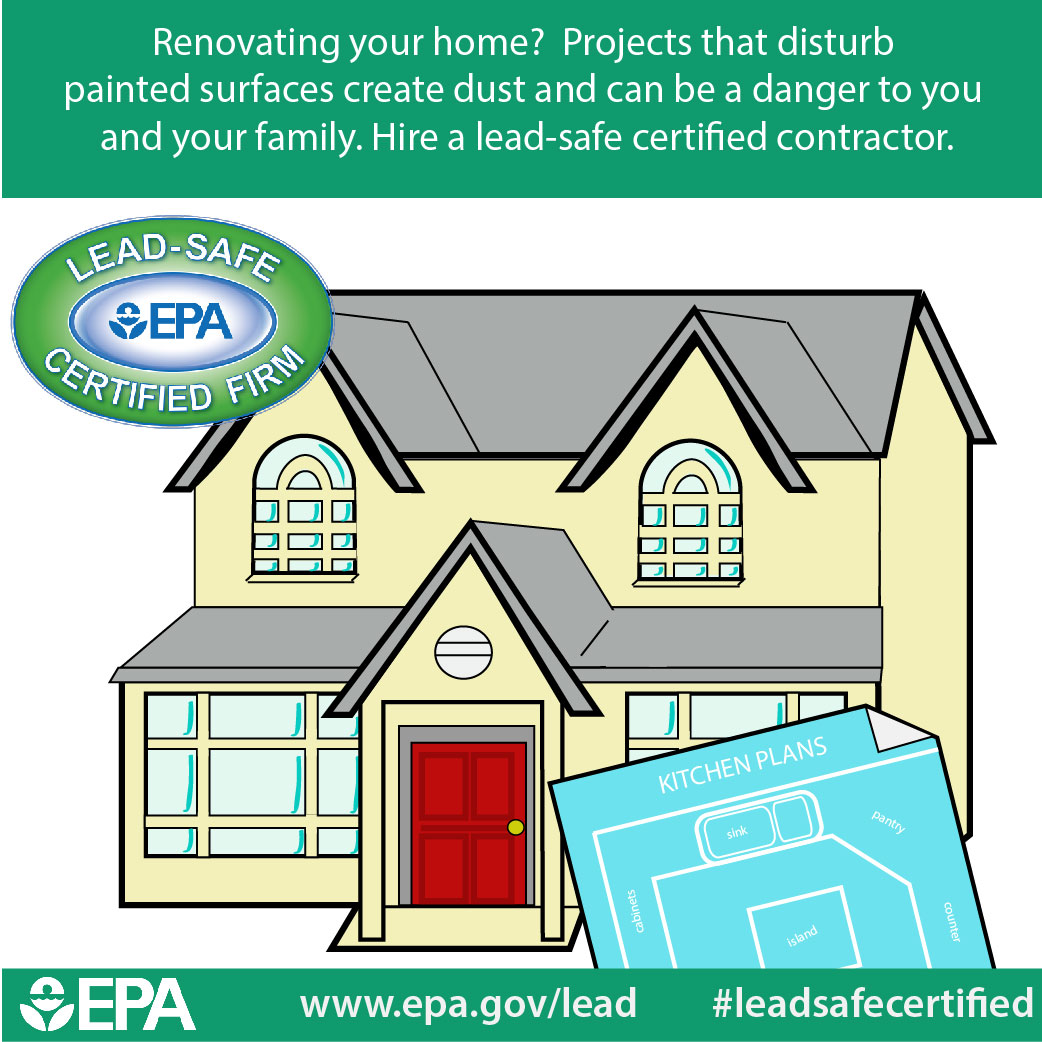Step-By-Step Overview To Preparing Your Walls For Repainting
Step-By-Step Overview To Preparing Your Walls For Repainting
Blog Article
Material By-Mathiasen Kearns
When you're prepping your wall surfaces for paint, it's crucial to follow a methodical process to make certain a remarkable coating. Start by taking just click the next article at the wall surface for any damage; this action can make or break your project. Once you've determined any issues, cleaning up the surface properly is important, as a filthy wall can influence paint attachment. After that, you'll need to patch any kind of imperfections and apply a primer. But there are specific methods and pointers that can elevate your prep work video game-- allow's explore those further to achieve the very best outcomes.
Assessing Wall Surface Condition
Prior to you get your paintbrush, take a moment to evaluate your walls' problem. Check for paint exterior of house of noticeable damage like splits, holes, or peeling off paint. These flaws can impact exactly how the paint sticks and looks once it's dry. If you discover any type of substantial damages, you'll require to prioritize repair work prior to diving right into painting.
Look carefully at the appearance of your wall surfaces. Is the surface smooth, or is there texture that might call for unique factor to consider? Smooth wall surfaces normally require less prep, while distinctive surfaces might need even more time to repaint equally.
Also, consider the previous paint job. If the old paint is shiny, it mightn't allow brand-new paint to stick appropriately. You'll wish to know if your walls have been painted with oil-based or water-based paint, as this can influence your selection of guide or paint.
Ultimately, make note of any kind of wetness concerns. If you see indicators of water damage or mold and mildew, address these issues right away to avoid further difficulties.
Cleaning up the Surface area
As soon as you've assessed the problem of your walls, the next step is cleansing the surface. Begin by collecting your products: a bucket, warm water, a mild detergent, a sponge or cloth, and a scrub brush for harder places.
Begin on top edge of the wall surface and function your method down. Mix the detergent with warm water in your pail, after that dip the sponge or towel into the option. Wring it bent on prevent extreme moisture on the walls.
As you clean up, pay attention to areas that could've collected dust, oil, or finger prints. For stubborn stains, utilize the scrub brush delicately to stay clear of harming the paint under. Rinse your sponge or fabric frequently in tidy water to avoid spreading dirt around.
After cleaning, it's important to wipe the wall surfaces with a moist towel to get rid of any soap deposit. This action makes certain a smooth surface for the brand-new paint to follow.
Enable the wall surfaces to dry entirely prior to carrying on to the next prep work steps. This complete cleaning process will aid produce a fresh canvas for your painting job, making sure the most effective outcomes.
Patching and Priming
Patching and priming are essential action in preparing your wall surfaces for a fresh layer of paint. First, inspect your wall surfaces for any kind of holes, splits, or imperfections. Use a premium spackling substance or patching paste to fill up these locations.
Use the substance with a putty knife, smoothing it out so it's flush with the surrounding surface area. Enable it to dry completely, and afterwards sand it lightly up until it's smooth and even.
When you've covered every little thing, it's time to prime. Guide aids secure the patched areas, making sure the paint adheres appropriately and provides a consistent finish. Select commercial painting cost for your wall type and the paint you'll be using.
Apply the primer utilizing a roller for larger locations and a brush for corners and sides. If your patched areas are substantially big or permeable, you might wish to apply a 2nd layer of guide after the first one dries.
After priming, let every little thing dry extensively before carrying on to painting. This preparation won't only boost the look of your wall surfaces yet likewise extend the life of your paint job.
Take your time, and you'll be pleased with the outcomes.
Verdict
By adhering to these easy steps, you can achieve a smooth and professional finish on your wall surfaces. Start by analyzing their problem, then tidy and patch any imperfections prior to applying primer. Bear in mind to enable appropriate drying out time and make certain whatever is smooth prior to you study painting. With the right preparation, you'll set the stage for an attractive makeover in your room. Now, gather your materials, breathe in the fresh air, and prepare to repaint!
